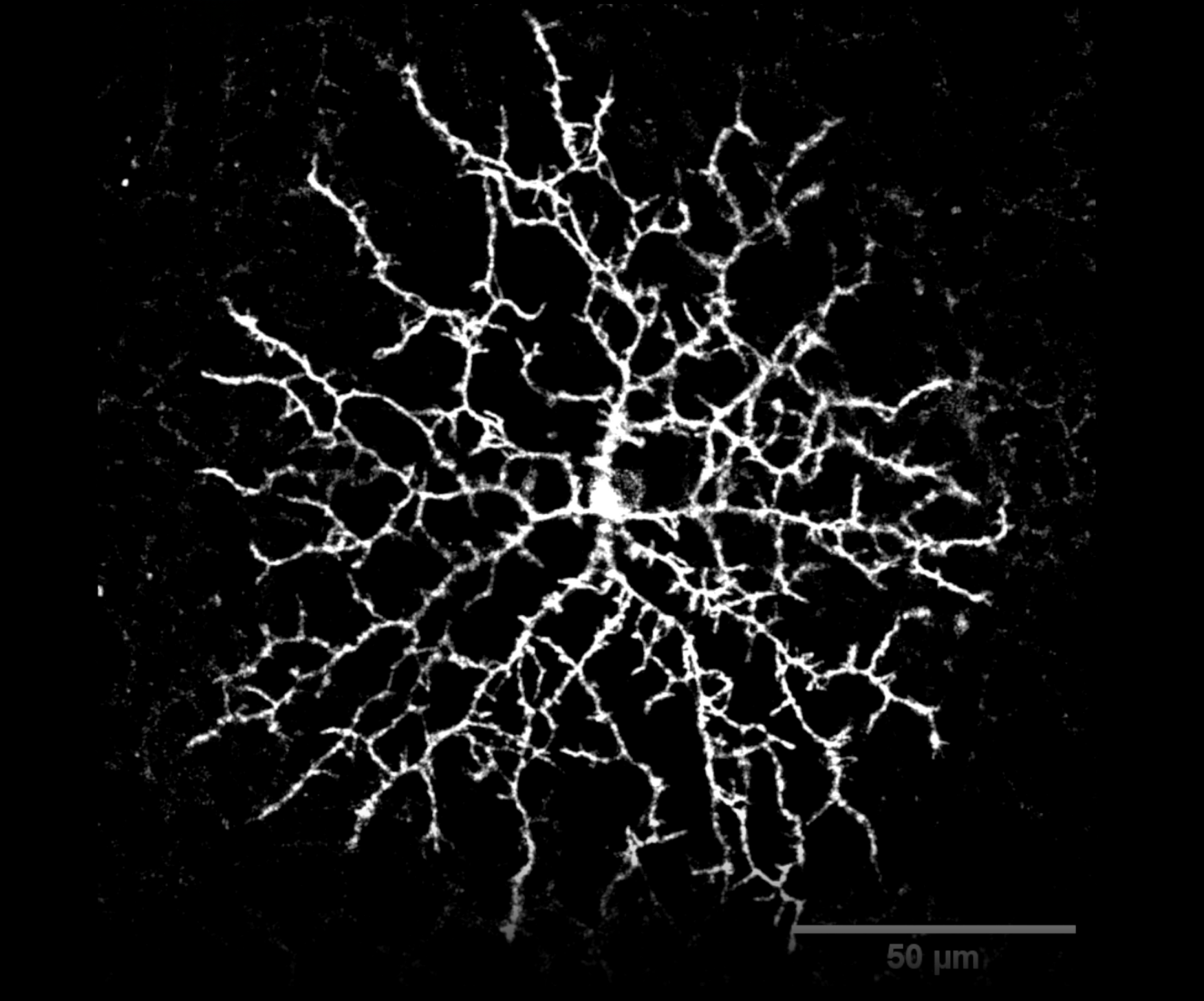
New Study Reveals How Neurons Avoid Getting Tangled
Researchers led by Dr. Julie Lefebvre, a professor in the Department of Molecular Genetics at the University of Toronto, have discovered new details about how neurons, the cells in our brains, keep their connections organized. They found that neurons use tiny protrusions to feel around and avoid making connections with themselves, a process known as "self-avoidance." A special group of proteins called clustered protocadherins (cPcdhs) helps guide these tiny projections to retract when they touch the same neuron, but not when they touch other neurons.
When these proteins are missing, neurons fail to avoid themselves, leading to a tangled network of connections. This discovery, published in Current Biology, could help us better understand how the brain organizes itself and what happens when this process goes wrong.
You can read more about this discovery and get expert commentary here.